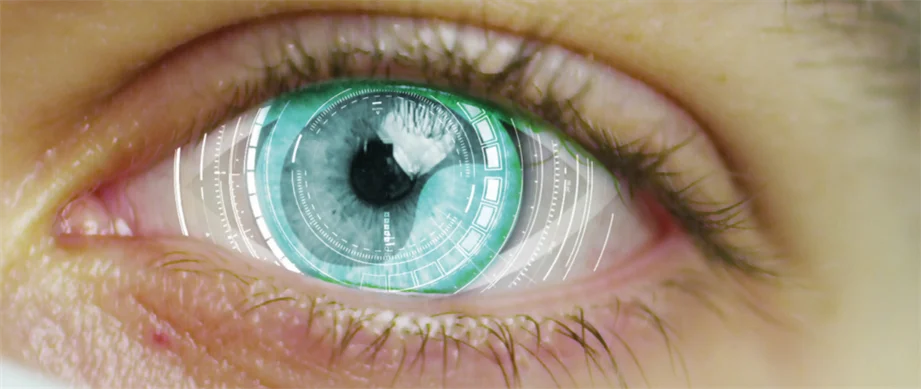Cataract is one of the most common cause of vision loss in older age people which is when vision becomes blurry due to cloudiness of eye’s natural lenswhich lies behind the iris and the pupil.

Cataract formation is a slow process, in the beginning stages one go for glasses, but at later stages the only remedy is cataract surgery. No medication, eye drops or dietary measures can stop cataract formation; the only option is cataract surgery. Depending on the severity, age, and the type of cataract ophthalmologists use different surgical procedures to cure cataract.
The abbreviation MICSstands for micro incision cataract surgery. It is a form of micro phaco surgery, where the cataract is broken up into pieces through a very tiny incision of 1.8mm compare to 2.8mm in Phaco surgery. These pieces are then sucked out through tiny holes by thin ultrasonic probes. After the cataract is removed, Transparent I.O.Ls is inserted through the micro Phaco into the incisions into the eye. This I.O.Ls is made of transparent silicon or Micro Phaco – MICS with Foldable Aspheric Lens and they open up once they are inside the eye.
Here no stitches are required to fill the incisions and one can return to routine day to day work within a few hours of the surgery.
Microincision cataract surgery (MICS) is revolutionary technique evolved to further reduce the incision less than 1.8 mm with an aim to have less surgical invasiveness, improving and better outcome. The newer advanced microsurgical system with better pressurized fluidic control management equipped cataract surgeon to offer MICS Cataract Technology to cataract patients. MICS offers many advantages such as minimizing surgically induced corneal astigmatism, lesser wound burn and trauma, reduces postoperative corneal aberrations and faster recovery. Now in majority of cases cataract patients do not require bandage after surgery. The overall MICS technique is very less traumatic with better postoperative outcomes than standard small incision phacoemulsification.
The introduction of Toric IOLs has given great respite and precision for pre-astigmatism cases in cataract surgery. These are highly premium range of lenses in cataract surgery to correct astigmatism along with other refractive errors such as myopia and hyperopia.
Aberration Lensesoffer similar optical outcome to the natural lens. Therefore offering sharper and clear vision, even when the light is dim. These lenses help in improving the quantity o\f the vision but also the vision quality in patients with cataract. Aspheric IOLs are of two types IOLs with zero spherical aberration and IOLs with negative spherical aberration. These lensa take care of both positive and negative aspheric corneal problems.
Multifocal lenses are used to rectify problems related to both nearsightedness and farsightedness. Here a combination of different powers is used at different points in the lenses to resolve problems of multiple visions. Here the movement of the eye muscles plays a vital role in focusing on variant objects and distances. Although these lenses are the best remedy for nearsightedness and farsightedness, they cannot correct problems related to astigmatism. They provide the best results if they are implanted in both the eyes, to provide uniformity in vision. Once these lenses are implanted after cataract surgery, there is complete freedom from glasses and contact lenses. Newly launched TECNIS® Symfony IOL is the first and only multi-focal presbyopia-correcting extended range of vision IOL. It delivers a continuous full range of high quality vision with reduced incidence of halos and glare comparable to a multifocal IOL.
We have the best cataract surgery in Delhi having many years experience. Contact us know everything about cataract treatment and eye cataract surgery cost in Delhi.